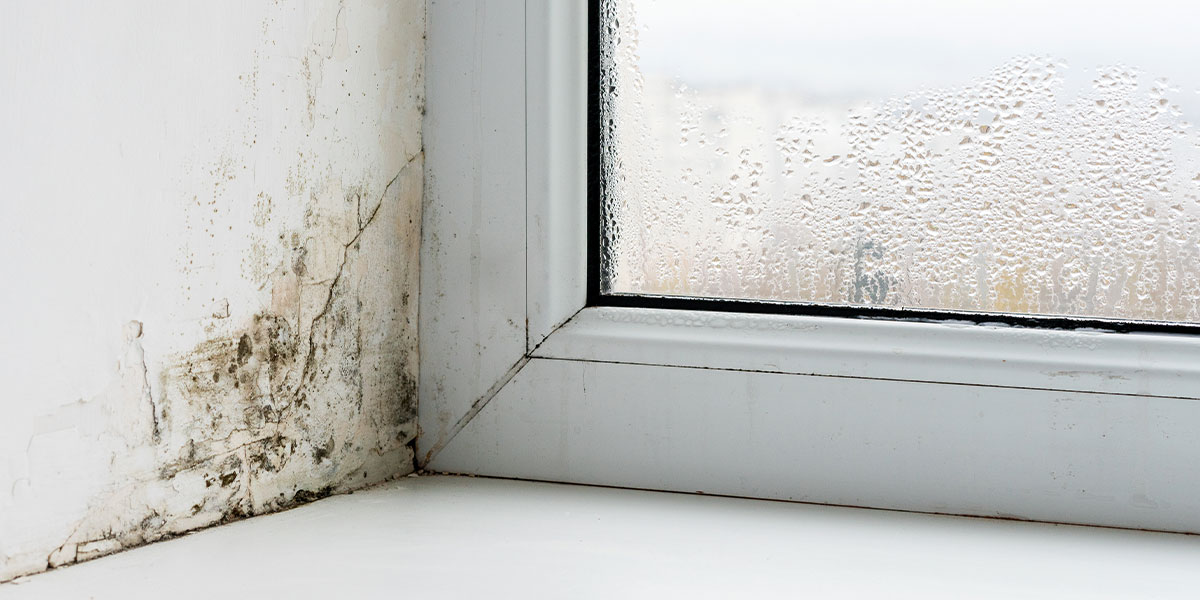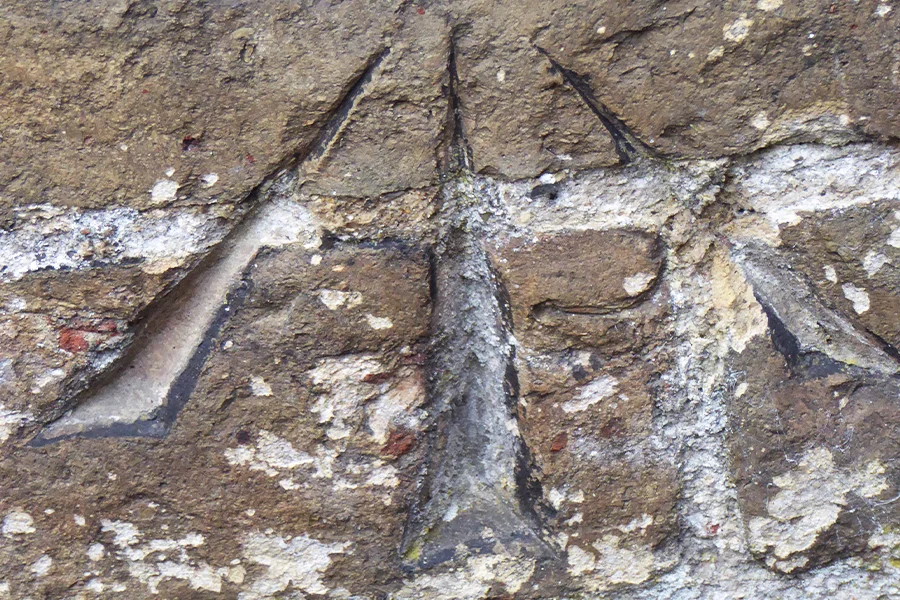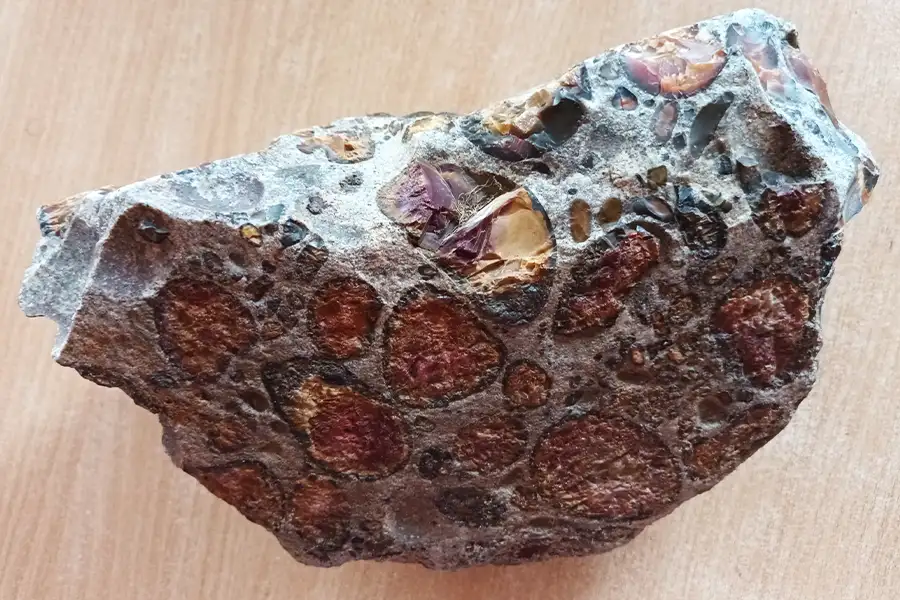
Are you finding condensation a problem?
Water trickling down the inside of the windows?
Black spore mould on surfaces?
Random damp patches up on the walls?
It is often grossly underestimated, but this could be condensation.
In the UK you will generally find condensation is most intense in the winter months period October through to April, which, unsurprisingly, is called the condensation season.
Why?
It may well be due to the style & build of your home, but more often than not it is exacerbated by heating/ventilation/insulation and the lifestyle of the occupants. Ventilation is the big one.
So what is it?
Condensation forms from water vapour, often exacerbated by the occupants and their life style. It is warm water laden air trapped within the envelope of the property.
What lifestyle things?
Common sources include showers, cooking or even boiling kettles, leaving towels to dry on radiators, a tumble dryer which vents into the room, airing clothes on a rack inside etc. So get rid of the source and you are part way to solving the problem.
How does it get trapped?
The water laden air within the fabric of the building may be unable to dissipate, due to the fabric of the building, such as an impervious cement render covering externally over an old timber frame It might even be because in improving roof void insulation and the loft hatch, you have created a barrier it previously penetrated. It is often because there is inadequate mechanical ventilation in your wet areas particularly showers.
So what happens?
The moisture condenses, changing from gas to liquid, when it meets cold surfaces – such as windows. It also accumulates in dead air pockets where there is little air movement or ventilation. This is often horizontal and vertical corners, behind wardrobes, where surfaces meet such as corners, on or near cold water or internal svp pipe risers – in other words cold areas and those out of the property main circulating air patterns.
In worst case scenarios it often creates black mould; there are various kinds but the most common is aspergillus niger and in water damaged homes stachybotrys chartarum. These are unsightly and in turn can be injurious to health.
Bench Marks
Unveiling the hidden markers that shaped the UK's accurate mapping – now overlooked, yet in plain [...]
Imperial Lengths and Areas
Although officially only used since 1824, there was 141 years until Great Britain changed to the [...]
Ancient Marvels: Uncovering the True Identity of a Pudding Stone Beehive Quern
Discover the fascinating history behind a 60-million-year-old artifact, mistaken for Portland cement, and its journey [...]






